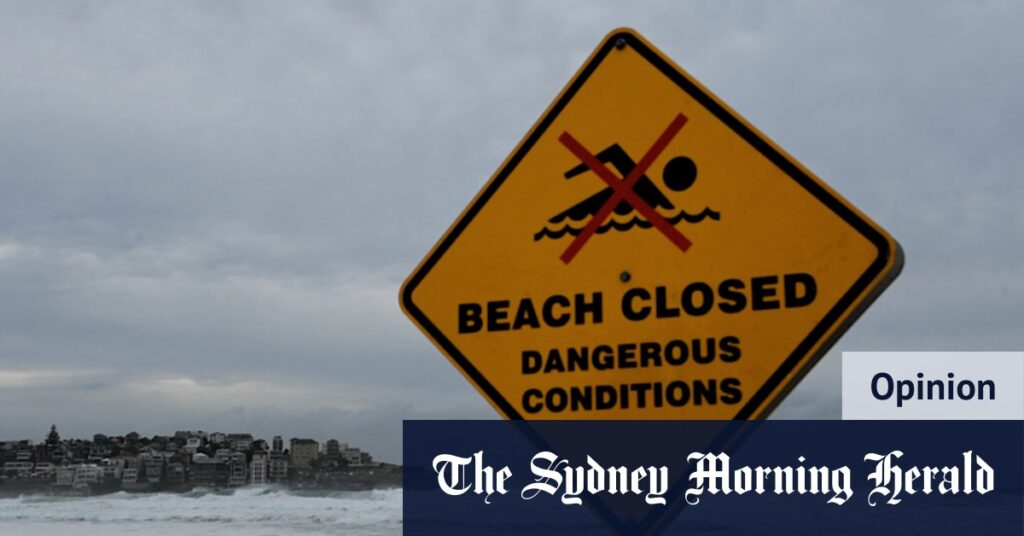Three huge waves, just like that, piggyback their way further and further up the beach and grab everything they can along the way – from babies to toddlers to adolescents to beach umbrellas, to old blokes and young sheilas alike, before making a mad dash for the open sea again. As it flees, it carries all before it and sweeps everyone off the sandbank and into the deep channel next to it.
The late Clem Walsh was Bondi Surf Club patrol captain on Black Sunday (pictured here in 2011). Credit: Danielle Smith
In no more than 20 seconds, on what will ever after be known as Bondi’s “Black Sunday,” the peaceful scene has been tragically transformed into utter chaos. Now, the boiling surf, with yet more large waves continuing to roll over, is filled with distressed folk waving for help.
This looks like a job for … you know who.
For in their long and glorious history, this still stands as the finest hour of the Australian surf lifesaving movement. Ignoring their own possible peril, the Bondi boys now charge into the surf, some attached to one of the seven reels available, some relying only on their own strength. As one, they begin pulling the people out.
On the shore, many survivors are resuscitated, as the Bondi clubhouse is turned into a kind of emergency clearing house, and ambulances from all over Sydney town descend and carry the victims away.
Loading
Finally, just half an hour after the waves hit, the water is cleared of bobbing heads and waving arms, and it is time to take stock: 250 people had needed the lifesavers to pull them out, of whom 210 were OK once back on land. Among the rescued, 35 needed mouth-to-mouth to be restored to consciousness. Five people have perished.
Bondi. The sands shimmer. The waves roll in as the seasons change. So it is, so it has always been.
And, every now and then, she turns nasty. At least this time, no-one was swept away.
Read the full article here

